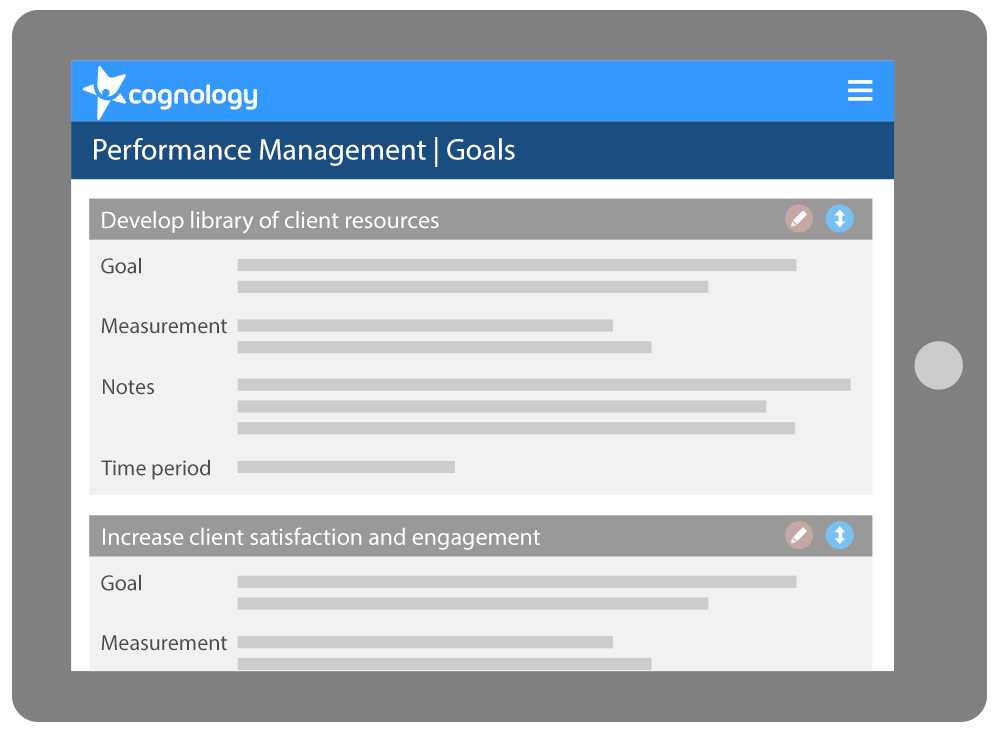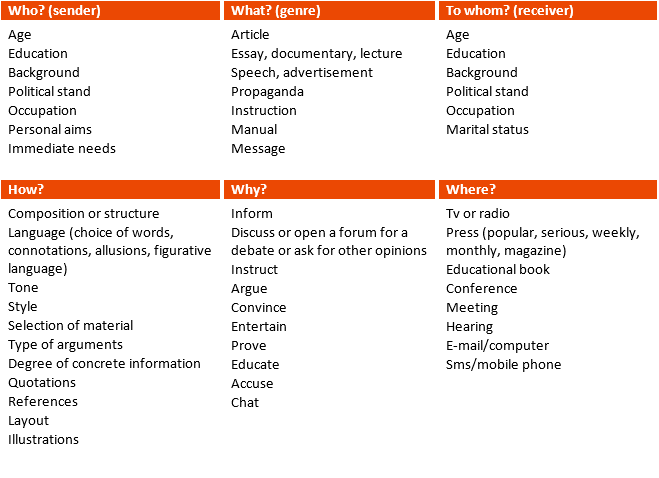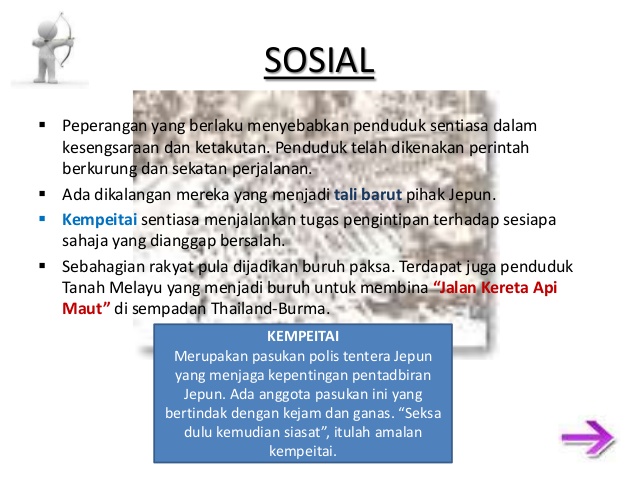Arthrobotrys (a genus of anamorphic fungi).
Arthrobotrys oligospora is by far the most common nematode-trapping fungus with the characteristic ability of forming adhesive trapping nets once in contact with nematodes. This review high-lights the versatility and development of A. oligospora as a system to identify and characterize the ecology and biology of nematode-trapping fungi.
Arthrobotrys Corda (a genus of anamorphic fungi) This website is licensed under a Creative Commons Attribution-NonCommercial-ShareAlike 4.0 International Licence. Unless otherwise expressly stated, all original material on the BioInfo website by Malcolm Storey is licensed under the above Creative Commons Licence.

Arthrobotrys oligospora was discovered in Europe in 1850 by Georg Fresenius. 'A. oligospora' is the model organism for interactions between fungi and nematodes. It is the most common nematode capturing fungus, and most widespread nematode trapping fungus in nature. It was the first species of fungi documented to actively capture nematodes.

Arthrobotrys is a genus of mitosporic fungi in the family Orbiliaceae.There are 71 species. They are predatory fungi that capture and feed on nematode worms. Rings that form on the hyphae constrict and entrap the worms, then hyphae grow into the worm and digest it.

Arthrobotrys oligospora, a predacious fungus of nematodes, has been very useful in understanding the relationship between nematophagous fungi and their nematode hosts. Arthrobotrys oligospora is by far the most common nematode-trapping fungus with the characteristic ability of forming adhesive trapping nets once in contact with nematodes. This review highlights the versatility and development.

General information about Arthrobotrys oligospora (ARTBOL) THIS WEBSITE USES COOKIES Our website uses cookies to ensure that we give you the best possible online experience. We do not use these to store personal information about you.Continuing to use this website means you agree to our use of cookies.

Nordbring-Hertz B, Brinck B. Qualitative characterization of some peptides inducing morphogenesis in the nematode- trapping fungus Arthrobotrys oligospora. Physiol Plant 31: 59-63, 1974. Lysek G, Nordbring-Hertz B. An endogenous rhythm of trap formation in the nematophagous fungus Arthrobotrys oligospora. Planta 152: 50-53, 1981.

An Investigation On Sumateran Arthrobotrys Oligospora And Carbofuran Againts Root-Knot Nematode (Meloidogyne Hapla) On Tomato (Solanum Lycopersicum Mill.) Liana Dwi Sri Hastuti, Jane Faull Abstract: A bioassay pot trial using three species of the nematode-trapping fungi isolated from Sumatera Utara Indonesia were tested for potential as.
.png)
Arthrobotrys oligospora is one of the most important predaceous fungi occurring widely in different types of soil. This fungus produces the hyphal bails and network compound. This hyphal nets as trapping structure which may be single dimensional to two or three dimensional and are formed through repeated hyphal anastomosis, which capture nematodes either through the adhesive material present on.

Arthrobotrys oligospora was discovered in Europe in 1850 by Georg Fresenius.'A. oligospora' is the model organism for interactions between fungi and nematodes. It is the most common nematode capturing fungus, and most widespread nematode trapping fungus in nature. It was the first species of.

The genome sequence and gene predictions of Arthrobotrys oligospora were not determined by the JGI, but were downloaded from NCBI and have been published (Jinkui Yang et al, 2011).Please note that this copy of the genome is not maintained by the author and is therefore not automatically updated.

Antagonistic fungi are well-known as viable alternatives to chemical control of root-knot nematodes. In this paper, serine protease Ac1 as an important pathogenicity factor was used to enhance the antagonistic activity of Arthrobotrys conoides and A. oligospora against Meloidogyne javanica J 2 (second stage juveniles). Ac1 gene was extracted from A. conoides and cloned in pCAMBIA1304 vector.

Classification kingdom Fungi phylum. Arthrobotrys oligospora var. microspora (Soprunov) Oorschot Arthrobotrys oligospora var. sarmatica (Jarow.) Oorschot Arthrobotrys oligosporus var. microsporus (Soprunov) Oorschot, 1985 Arthrobotrys oligosporus var. oligosporus Arthrobotrys oligosporus var. sarmaticus (Jarow.) Oorschot, 1985 Arthrobotrys superba var. oligospora (Fresen.) Coem.



